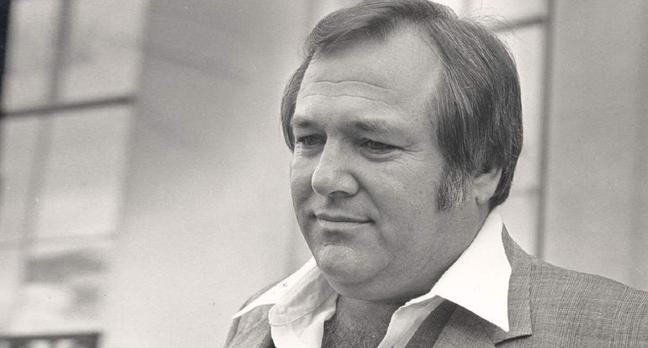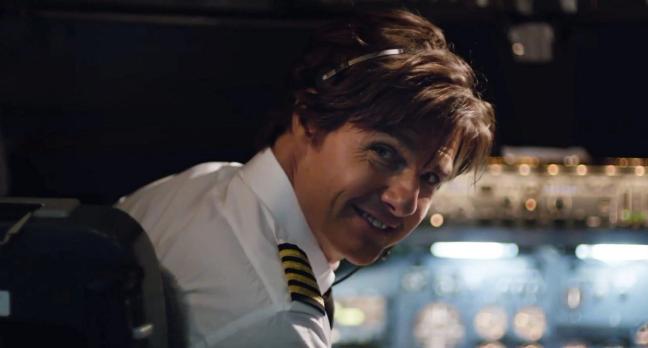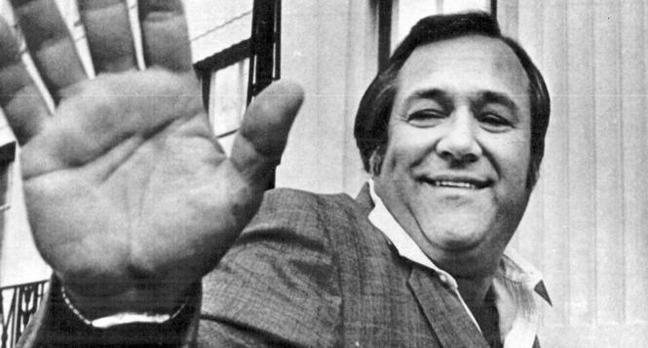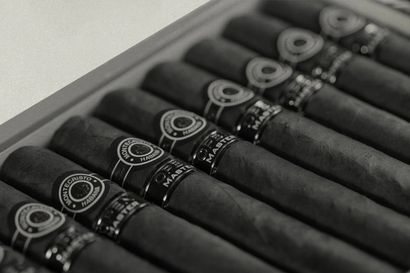Some stories are stranger than fiction. And though the tale of Barry Seal – drug smuggler, double-crosser, pilot extraordinaire – has now been transformed into a raucous Hollywood caper with Tom Cruise at the helm, the true story would be too outlandish for even the most imaginative screenwriter to pen.

Adler Berriman “Barry” Seal was a talented pilot who, in the early 1980s, was one of the principal importers of cocaine into North America via a remote airstrip in a backwater of west Arkansas. But that wasn’t always the plan.
Born in Baton Rogue, Louisiana, in 1939, Seal developed a love of flying at a very early age – by the age of just 15, the budding airman had taken his first solo flight, and by 16 he’d gained his full pilot’s licence. His first job as a pilot was to tow advertising banners behind his tiny Cessna plane, before he slipped into the role of flight engineer at Trans World Airlines back in 1968. His natural talent and passion for planes quickly shone through, though, and soon Seal was installed as one of the youngest ever pilots in the TWA fleet.
According to Seal’s wife Deborah, the pilot started moving small amounts of marijuana across the border by plane in about 1975. By 1978, however, Seal had graduated to cocaine, largely because, in his own words, coke was “pound-for-pound more profitable” than cannabis.
And there were many pounds. On each journey on his favoured route from Nicaragua to Louisiana, Barry was said to move “1,000 to 1,500 kilos” of cocaine. “That was a joke to him” said John Roberts, a veteran smuggler on the 1970s Coke Road. “He’d work at the drop of a hat, and he didn’t care. He’d get in his plane and he’d go down there and throw 1,000 kilos on the plan and come back to Louisiana” Roberts remembers.
Soon, Seal’s talent and sheer bravado had attracted the attention of the Medellin Cartel, and their mogul leader Pablo Escobar. It was on Escobar’s suggestion that Seal moved his favoured airstrip from Louisiana to west Arkansas. And it was on a particularly heavily-loaded trip, carrying Medellin cocaine, that Seal finally got busted by DEA foot soldiers. The pilot was charged with conspiracy to distribute 462 pounds of cocaine, with an estimated street value of $168 million. It should have put him away for life. But Seal saw a way out.

After his sentencing, Seal approached the DEA and offered to cooperate with the government as an informant, claiming that he was perhaps best placed to shine a light on the Medellin operations in North America, Colombia and Nicaragua.
To best entrap their prey, the DEA instructed Seal to carry on with business as usual, and to keep flying various smuggling routes. They loaded his plane up with high-tech surveillance equipment, including “the most expensive cryptic radio communications we had ever seen at that time,” according to DEA Agent Ernest Jacobsen.
On his first trip, Seal was able to snap photographs of Cuban officials, Nicaraguan soldiers and Sandinista government officers hauling duffel bags of cocaine on and off his plane. Seal even brought back a snap of the then-mythical Pablo Escobar, swaddled in a signature striped polo shirt. Seal’s intel transformed him into the most significant witness in the US’s war on drugs almost overnight. It also made him a sitting duck for the Medellin Cartel, and their many associates around the world.

With his reliability as an informant vindicated, Seal was awarded a re-sentence of 5 years probation. Unfortunately, he was also slapped with an arbitrary 6-months house arrest order by a disgruntled local judge in Louisiana who felt aggrieved that a Federal court had had the final say. But by announcing to the world Barry Seal’s precise location for the next sixth months, the judge had effectively signed a death warrant, too.
On February 19, 1986, while working outside a Salvation Army facility as part of his court order, Seal was machine-gunned to death by assassins from the Medellin Cartel. It was a grizzly and slightly pathetic end for a man who enjoyed a life lived hard and fast, grand and loose. “The exciting thing to me is to get yourself into a life threatening situation” Seal said, in a final TV interview shortly before his death. “Now that’s excitement.”

Become a Gentleman’s Journal Member?
Like the Gentleman’s Journal? Why not join the Clubhouse, a special kind of private club where members receive offers and experiences from hand-picked, premium brands. You will also receive invites to exclusive events, the quarterly print magazine delivered directly to your door and your own membership card.


